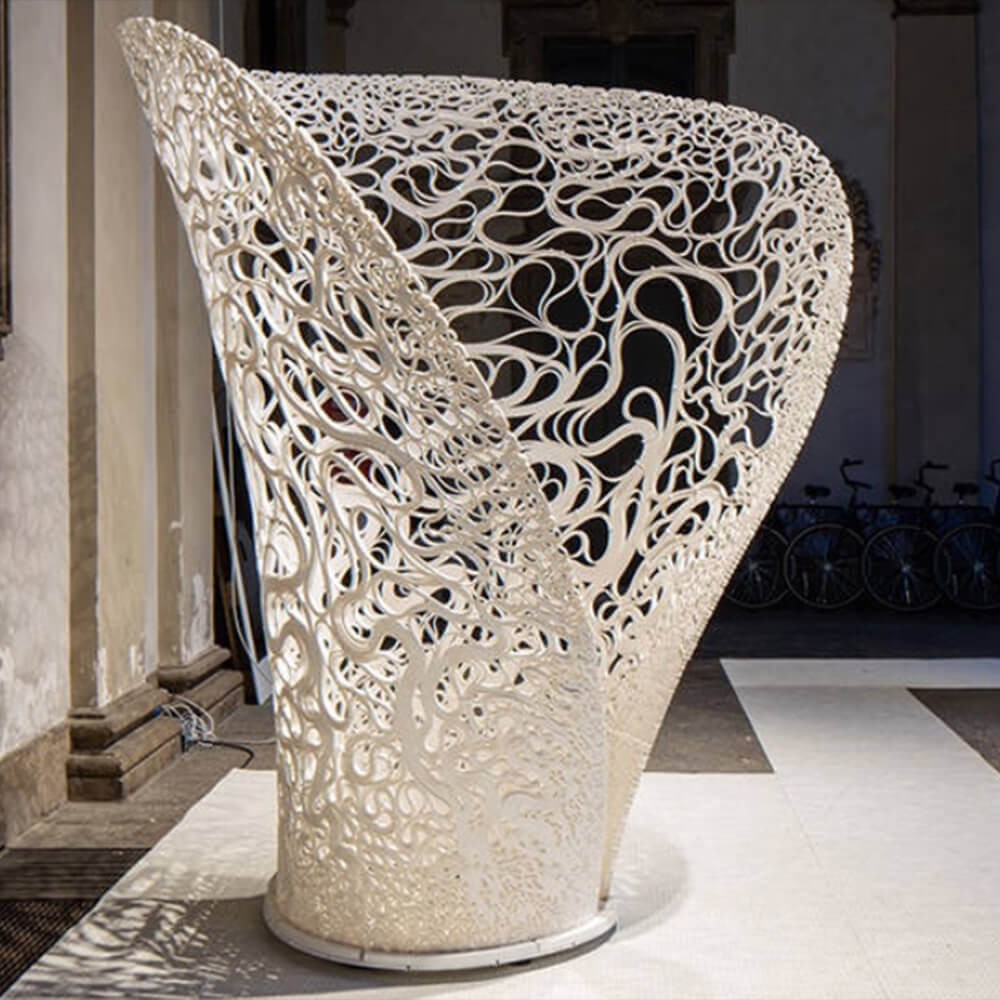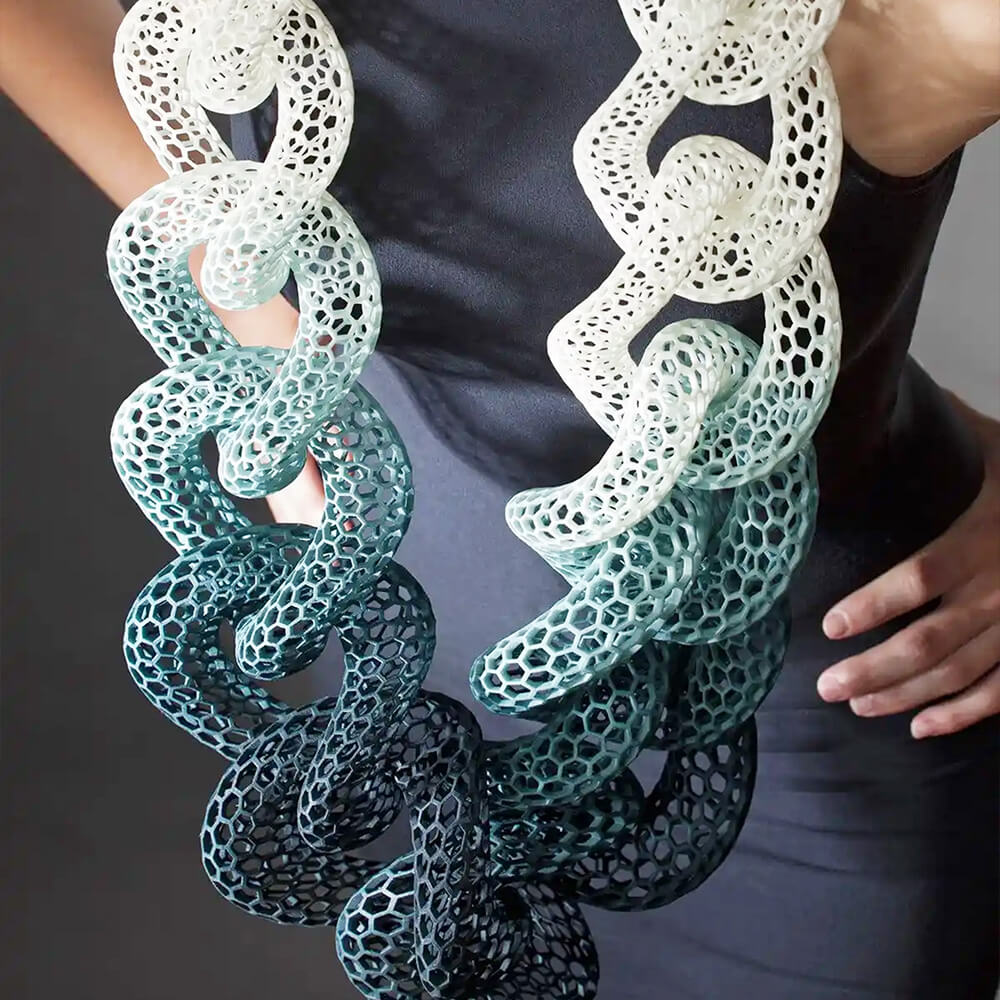Consumer Industry
3D printing has made a significant impact on the consumer industry in recent years. Consumer 3D printing has enabled individuals and small businesses to design and manufacture custom products at a lower cost, providing unique and personalized experiences for consumers.
One of the significant advantages of consumer 3D printing is the ability to create custom products tailored to individual needs and preferences. With the use of computer-aided design (CAD) software, consumers can create unique designs for their products, which can then be printed using a 3D printer. This level of personalization is particularly beneficial in the fashion and jewelry industries, where consumers can design and print their accessories, including necklaces, bracelets, and earrings, to match their outfits or personal style. This level of customization has transformed the consumer industry, allowing for increased consumer engagement and satisfaction.


Consumer 3D printing has also had an impact on the healthcare industry, enabling the creation of custom medical devices and prosthetics that are tailored to individual patient needs. Anatomical models for surgical planning, training, and education can also be printed using 3D printing technology, providing doctors with a better understanding of the patient’s anatomy and improving patient care.
The toy industry has also been impacted by consumer 3D printing, allowing for the production of custom toys and figurines. Children can design and print their toys, providing them with a unique play experience. This level of personalization makes toys more meaningful and encourages children’s creativity and imagination.
Furthermore, 3D printing has enabled the production of complex and intricate designs that are not possible with traditional manufacturing methods. 3D printing technology can create intricate and detailed designs that are challenging to achieve with conventional manufacturing methods.
3D printing has had a significant impact on the consumer industry, allowing for increased customization, cost-effectiveness, and product quality. From personalized jewelry and toys to custom medical devices and anatomical models, consumer 3D printing has opened up new possibilities for individuals and small businesses to design and manufacture their products. As technology continues to evolve, the potential for consumer 3D printing to transform the industry is limitless, and we can expect to see further innovation and exploration of this technology in the future.


